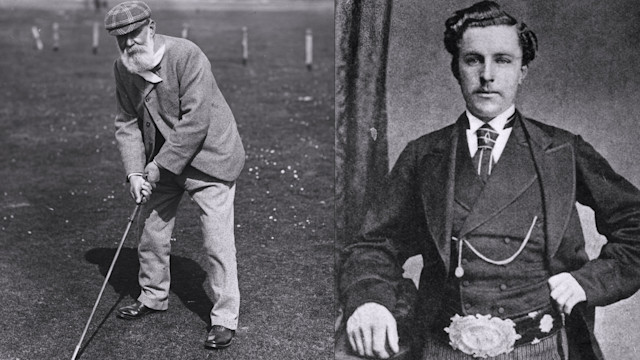Intermediate
Three Great Golf Tips to Play Your Best Like Open Champion Brian Harman
By Brendon Elliott, PGA
Published on

(Jared C. Tilton/Getty Images)
Brian Harman has been an elite golfer for over 20 years, going back to his junior golf days when he won the U.S. Junior Amateur (2003), and was a part of two Walker Cup teams (2005, ’09).
Yet on a dreary, wet and often familiar English day on the links of Royal Liverpool, Harman will now forever be known as something even better.
The Champion Golfer of the Year.
What makes this victory at the 151st Open so remarkable was how Harman fended off some of the world’s best players with magnificent play.
He hit a lot of fairways, which is a necessary box to check to win an Open at a place with tight corridors like Royal Liverpool. He got up and down a lot when he missed a green, at nearly an 80 percent clip for the week, too.
Most notably, however, he was a magician on the greens. Harman gained just about 12 shots on the field with the putter. He missed only one putt inside of ten feet the entire week and did not three putt once. His 106 putts at Royal Liverpool were the fewest by an Open Champion in the last two decades of The R&A keeping detailed championship statistics.
There’s a lot you can learn in from Harman’s performance, and the following tips can help your game.
Practice On-Course Play at the Range
What you need: 10-14 balls (or the number of non-par 3s are on your home course)
Step 1: Go through each hole on your course, minus the par 3s, and visualize the tee shots on the range. Pick out points in the distance to mark as your left and right fairway boundaries. If there is any trouble on a particular hole, envision that too. If you have some sort of radar or shot tracker, even better – use that to track each shot.
Step 2: Go through your entire pre-shot routine and visualize each shot. Be target focused, and do not think about mechanics.
Step 3: Keep track of your “fairways hit” percentage as you go. Set a percentage that makes sense as a goal; 70 percent is a good one.
Repeat each step as many times as you can through your range basket.
Get Up and Down Under Pressure
What you need: One ball and six alignment sticks or tees
Step 1: Pick six spots around a chipping and pitching green. Put the alignment stick or tee in the ground to act as a “tee marker” for you to hit from. Mix up the spots, giving yourself different shot types and difficulty levels.
Step 2: From the six different locations, go around three times, hitting a chip or pitch and then putting out each shot.
Step 3: Each rotation through, hit a slightly different short game shot. You can change up a club, hit it higher or lower, etc. The objective is to get up and down from each spot, but also find the shot that gives you the highest percentage to get up-and-down – which is key when there’s pressure. Keep track of your percentages. A good mark would be at least 60 percent.
Three Gates to Better Putting
What you need: Six tees and five balls
Step 1: Pick a straight 10-foot putt on the practice green. You will be making three separate “gates” with your six tees. Each gate will be just a bit wider than your putter’s head. The first gate will be situated where you will address the ball. The second will be at the point where your backswing will end for the 10-foot putt. The final gate will be put equidistance to the backstroke gate distance, but on the through stroke side. You may need to dial in your speed/stroke distance first.
Step 2: Get into a good set-up, with eyes over the ball, and body square. Hit 10 sets of the five-ball reps, focusing on a good back and through tempo. Remember, a good tempo falls in a backstroke to through stroke ratio of 2:1. You’re through stroke being two times as fast as your backstroke.
Keep track of your make percentage for the 50 total putts. The PGA TOUR one-putt average from 10 feet is 40 percent.
Step 3 (optional): Repeat steps one and two, with a slightly breaking putt.


